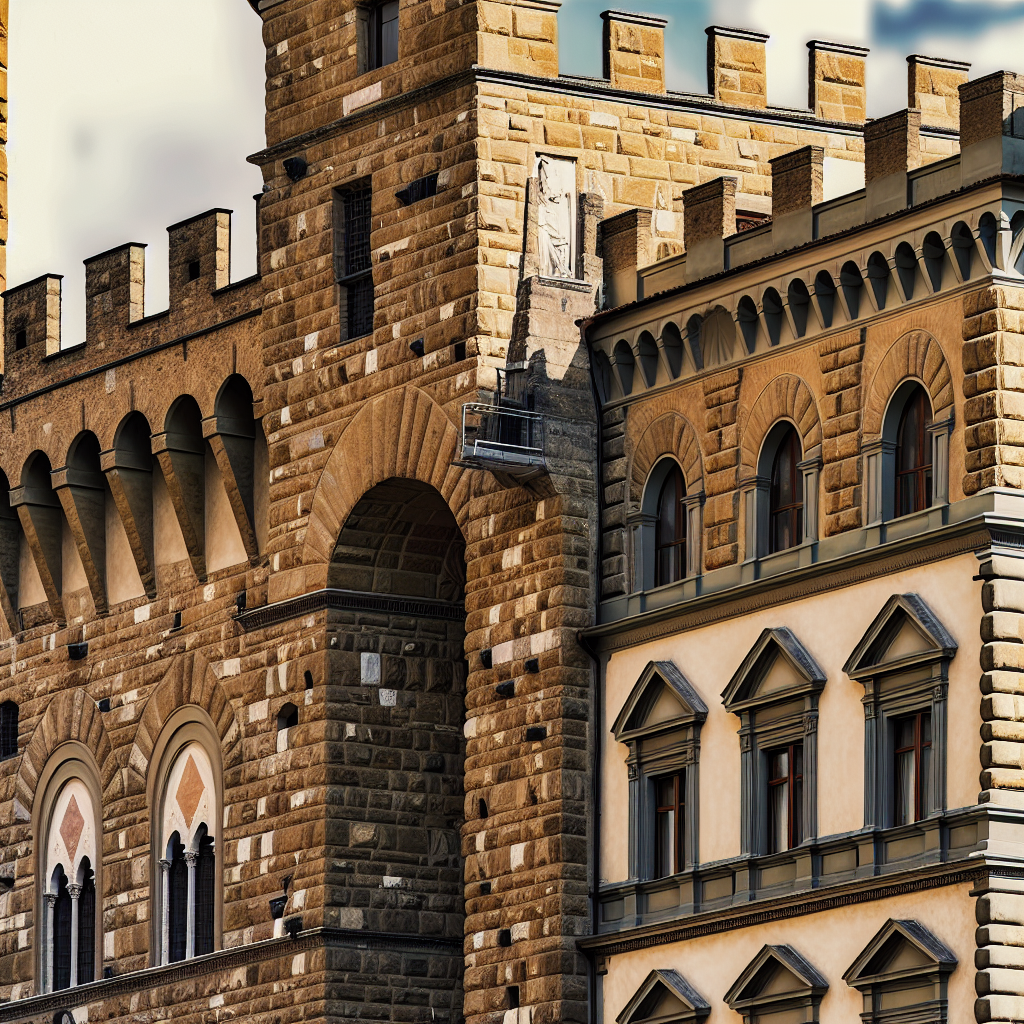The Renaissance Palaces of Florence: Stories Behind Their Magnificent Facades
When we think of Florence, Italy, we often imagine its stunning Renaissance palaces that line the city streets. These architectural wonders showcase the wealth and power of Florence during the Renaissance period. Behind their magnificent facades lie stories of art, culture, and history that have shaped the city into the cultural hub it is today. In this article, we will delve into the secrets and stories behind these iconic buildings, exploring their architectural features, historical significance, and the prominent figures that inhabited them.
Architectural Marvels
The Renaissance palaces of Florence are renowned for their exquisite architecture, characterized by their grand facades, intricate detailing, and harmonious proportions. These palaces were designed by some of the most famous architects of the time, such as Filippo Brunelleschi, Leon Battista Alberti, and Michelozzo. The Palazzo Medici Riccardi, for example, showcases the classic Renaissance style with its rusticated stone walls, arched windows, and symmetrical design. Each palace tells a unique story through its architectural features, reflecting the taste and vision of its original occupants.
The Medici Family Influence
The Medici family, one of the most powerful and influential families in Florence during the Renaissance, played a significant role in the construction of many of the city’s palaces. The Palazzo Pitti, originally built for the Pitti family, was later purchased by the Medici family, who transformed it into their primary residence. The Medici family’s patronage of the arts and architecture not only shaped the cityscape of Florence but also contributed to the flourishing of the Renaissance art and culture. Their influence can be seen in the lavish decorations, elegant courtyards, and magnificent gardens of these palaces.
The Artistic Heritage
Behind the walls of Florence’s Renaissance palaces lie treasures of art and culture that have withstood the test of time. Many of these palaces house remarkable collections of paintings, sculptures, and decorative arts from renowned artists such as Botticelli, Leonardo da Vinci, and Raphael. The Uffizi Gallery, located in the Palazzo degli Uffizi, is one of the most famous art museums in the world, showcasing masterpieces of Italian Renaissance art. These palaces not only served as private residences but also as centers of artistic creativity and cultural exchange.
Historical Significance
Aside from their architectural and artistic value, the Renaissance palaces of Florence hold immense historical significance, bearing witness to the political and social changes that took place during the Renaissance period. The Palazzo Vecchio, originally the seat of the Florentine government, is a prime example of a palace that played a crucial role in the city’s political history. The Sala dei Cinquecento, a grand hall within the Palazzo Vecchio, is adorned with elaborate frescoes that depict key events in Florence’s history, showcasing the city’s political aspirations and achievements.
The Legacy of Florence
Today, the Renaissance palaces of Florence stand as a testament to the city’s rich cultural heritage and artistic legacy. These architectural marvels continue to inspire artists, architects, and visitors from around the world, drawing them into the timeless beauty and creativity of the Renaissance period. As we wander through the streets of Florence and gaze upon its magnificent palaces, we are reminded of the enduring influence of this golden age of art and culture. The stories behind these palaces offer a glimpse into the past, preserving the memory of a remarkable era in human history.
Conclusion
In conclusion, the Renaissance palaces of Florence are not just buildings; they are living testaments to the wealth, power, and creativity of a bygone era. These architectural gems have stood the test of time, preserving the stories of the people who inhabited them and the artists who adorned them with their masterpieces. As we explore the streets of Florence and marvel at its palaces, we are transported back in time to a period of artistic brilliance and cultural innovation. The legacy of Florence’s Renaissance palaces continues to captivate and inspire us, reminding us of the enduring power of art and architecture to shape our world.
